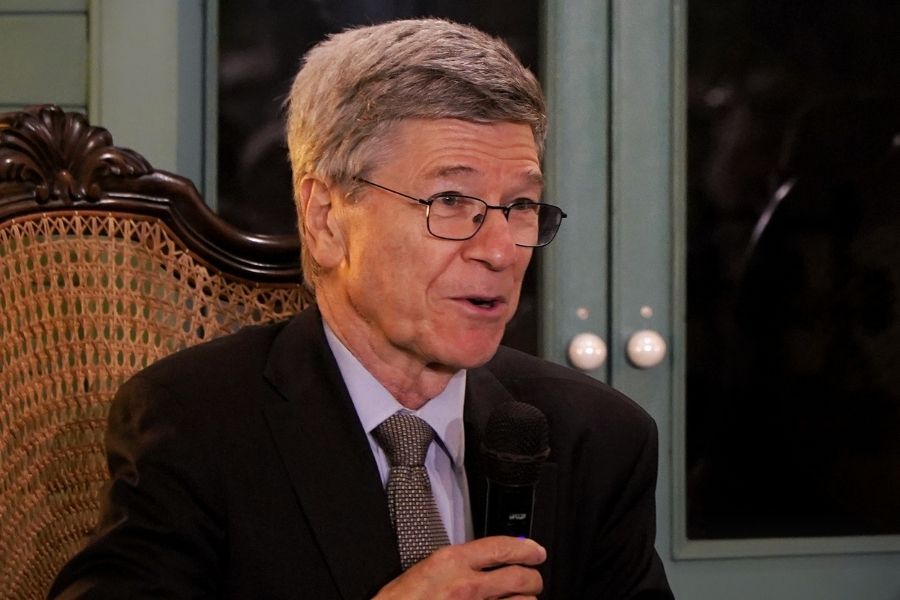 |
| Pottery unearthed in Lutidih, Chatra, in May. Telegraph picture |
Ranchi, June 2: Dig a drain, stumble upon a treasure-trove of Munda history.
Municipal labourers digging in Lutidih village, Chatra-Ranchi Road, in mid-May, accidentally spliced five menhirs, little knowing there lay buried a fascinating saga of Munda tribesmen of the Iron Age, circa 7th century BC.
Noted Ranchi archaeologist Harendra Sinha, the retired deputy director of state art and culture department who was in charge of the archaeology department as well, rushed to Lutidih in Chatra district on May 18 and came back on May 20 with the conviction that it was a big discovery.
Sinha is now preparing a report on his findings — over 30 menhirs and countless clay pots — for Chatra deputy commissioner, Jharkhand state art and culture department and Archaeological Survey of India.
In India, the megalithic burial culture is scattered in Odisha, Bastar in Chhattisgarh, Jharkhand, Northeast, south India and even Kashmir. Megalithic burials are marked by menhirs, pots, stone circles and slabs, sarcophagi, urns, among others.
In Jharkhand, ancient tribes normally erected menhirs — large stones in an upright position — above pots as tombstones to honour their dead.
“A drain was to be constructed at Lutidih. When I received word from local residents that a trench unearthed ancient pottery, I rushed with a team to Chatra from Ranchi. By the time we reached, a number of menhirs had been found as well,” Sinha, who retired in October 2011 but worked on contract till May 2013 as an archaeological consultant with the state, said.
“The discovery of menhirs calls for more detailed excavation work at Chatra which may eventually throw light on the ancestry of Munda tribe in Jharkhand,” Sinha stressed.
The system of burial unearthed in Chatra was this. A red clay pot was filled with bones and ashes of the dead. On top of it, smaller pots were placed successively in a pyramid form. Thin stone slabs covered the pots. Finally, a menhir was erected to mark the site.
“Some edibles may also have been placed in the pots for the dead, indicated by the number of broken pots discovered at the site. From stylistic details, it appears to be around 6-7th century BC,” he said, adding that carbon-dating would fix the time accurately.
In other parts of the country, excavation of burial sites of the megalithic people has uncovered a variety of iron weapons such as swords, spears or javelins, historically marking the Iron Age. Studies reveal the ancient warrior tribes were nomadic people who buried their dead on their way and erected menhirs to mark the places. “Similar pot burials were found at Nevasa and Inamgaon, Maharashtra, where excavations have been done by Deccan College, Pune, but those burials date around 1,800 BC,” he said.










